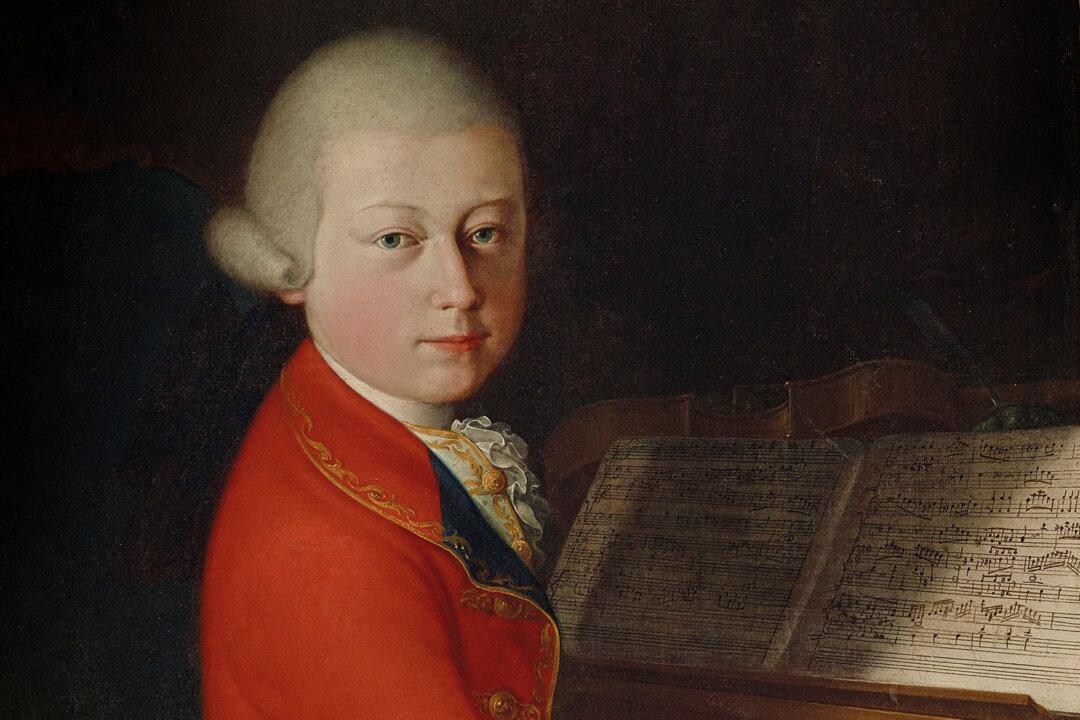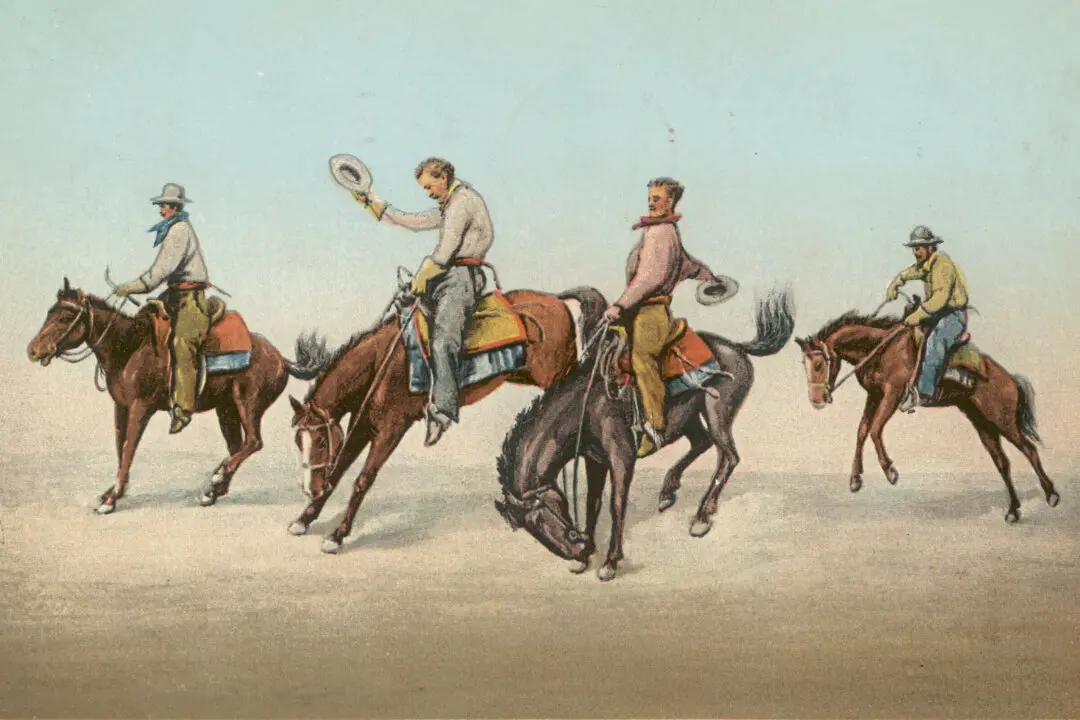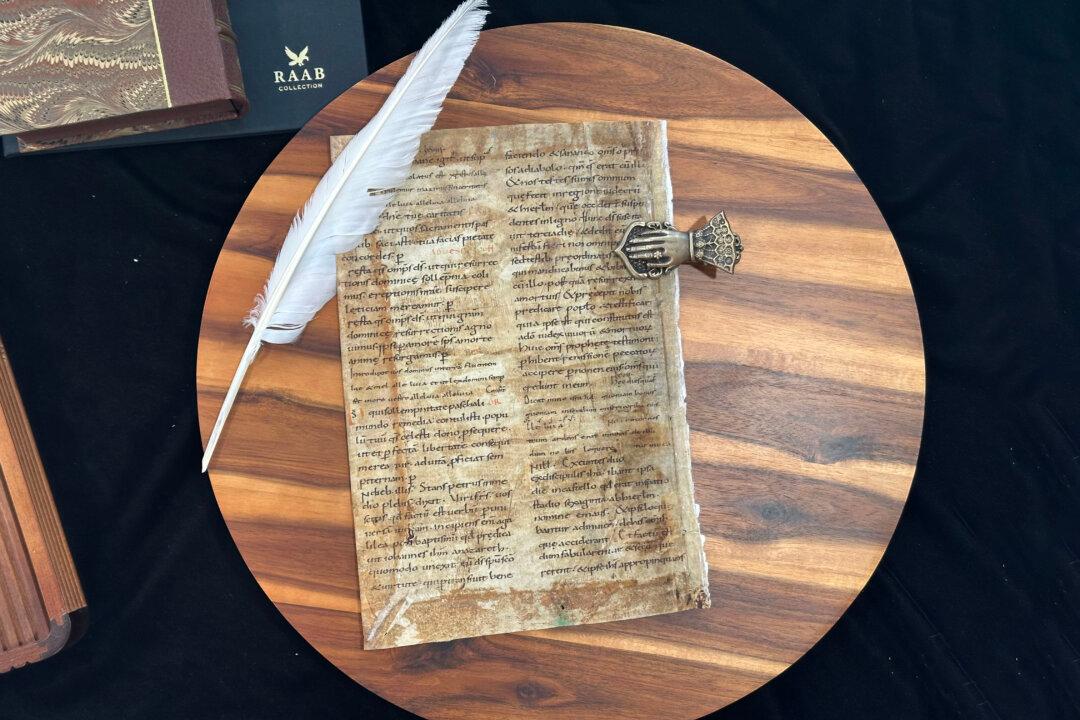A forgotten composition penned by one of the 18th century’s most important classical musicians, Wolfgang Amadeus Mozart, was rediscovered and released to the public for the first time.
Researchers came across a previously unknown piece of music by the late, great composer while gathering information for the Köchel catalog, a definitive collection of Mozart’s music and life. Referred to as “Serenade in C,” the short number has been included in the catalog’s latest edition. It was performed before an enthusiastic crowd at a ceremony in Mozart’s hometown of Salzburg, Austria.





